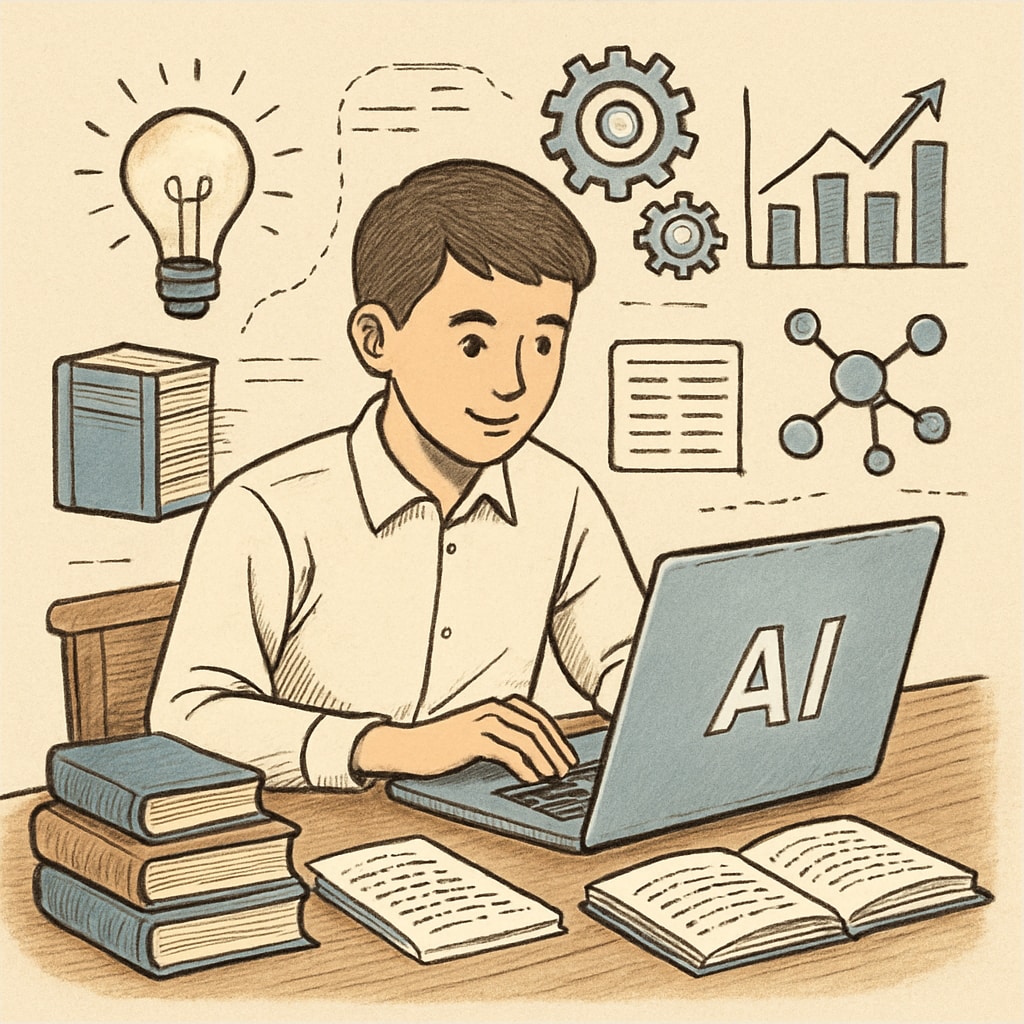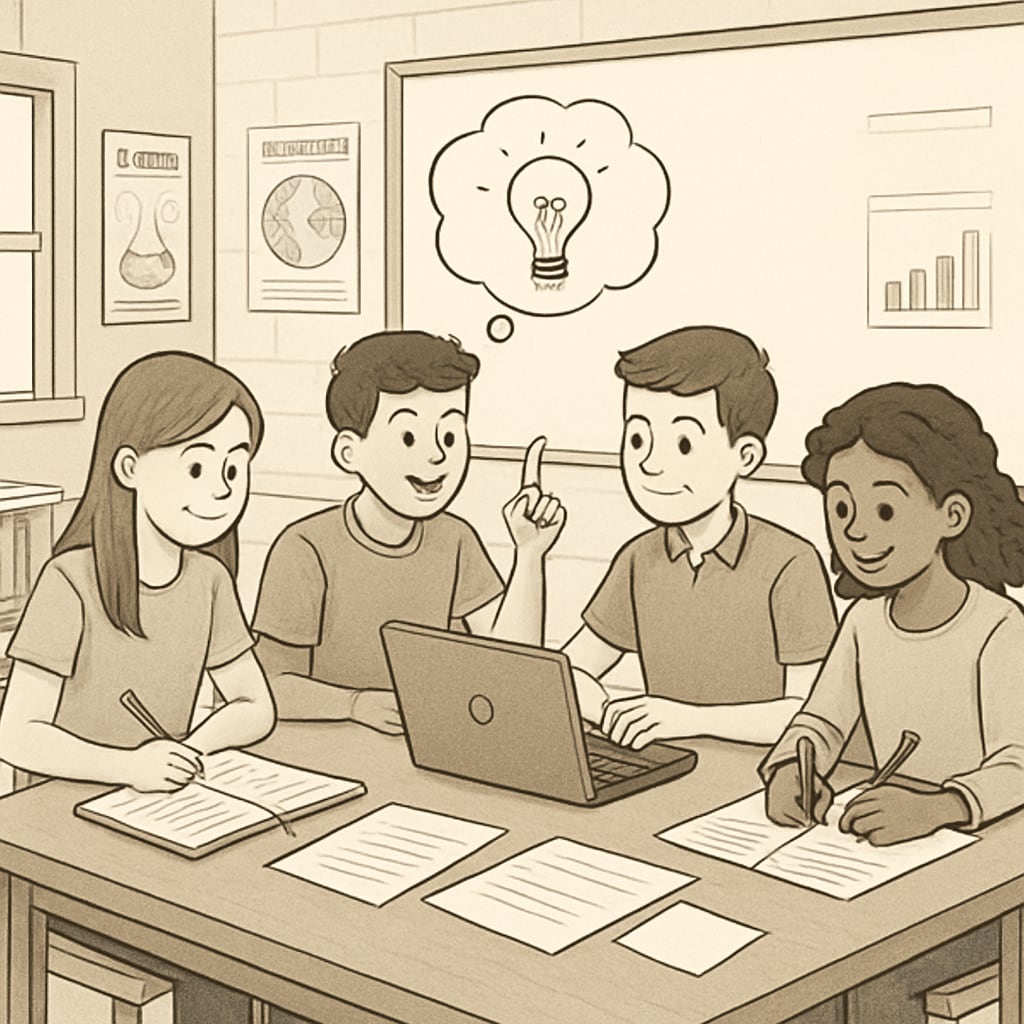The rapid advancement of artificial intelligence (AI) is disrupting traditional education systems, including K12 competitive examinations. These exams, historically designed to evaluate knowledge retention and problem-solving abilities, are facing challenges in accurately identifying and nurturing talent in the AI-driven world. This article explores how AI is reshaping the landscape of competitive exams and why reform is essential to ensure fairness and effectiveness in talent selection.
Challenges of Traditional Competitive Exams in the AI Era
Traditional competitive exams emphasize rote learning, memorization, and the ability to solve problems under time constraints. However, as AI systems like ChatGPT and other generative AI tools become increasingly accessible, students can easily use them to complete assignments or even cheat during exams. This raises questions about the validity of current assessment methods and their ability to measure true competence and creativity.
Another challenge lies in the skills these exams prioritize. In the AI era, critical thinking, adaptability, and emotional intelligence are becoming more valuable than ever. Unfortunately, the traditional exam model often neglects these skills, focusing instead on academic knowledge that AI systems can replicate. As a result, students may be ill-prepared for future job markets that demand human-centric capabilities.

The Need for a Paradigm Shift in K12 Assessment
In light of these challenges, education policymakers must reimagine competitive exam systems to align with the demands of the AI era. Here are several areas where reform is urgently needed:
- Emphasis on Critical Thinking: Exams should focus on evaluating a student’s ability to analyze, synthesize, and apply knowledge creatively.
- Integration of Project-Based Assessments: Instead of one-time tests, project-based assessments can measure a student’s long-term understanding and practical application of concepts.
- Use of AI for Personalization: AI can help design personalized assessments that cater to a student’s strengths and weaknesses, ensuring a more equitable evaluation process.
- Ethical and Digital Literacy: Students must learn how to responsibly use AI tools, and exams should include components that assess their ethical understanding.
These changes can foster an education system that values both academic excellence and the human qualities that machines cannot replicate.
Emerging Models for Talent Selection
Several innovative models are already emerging to address these concerns. For example, some schools are adopting portfolio-based assessments, where students showcase a collection of their work over time. Others are experimenting with AI-driven adaptive testing systems, which adjust the difficulty of questions based on a student’s responses to provide a more accurate evaluation of their abilities.
Furthermore, collaborative problem-solving tasks are being integrated into some competitive exams. These tasks simulate real-world scenarios, requiring students to work together to find solutions—skills that are invaluable in the modern workplace.

Conclusion: Preparing for the Future
The integration of artificial intelligence into education is inevitable, and the reform of K12 competitive exams is a critical step in preparing students for a rapidly changing world. By shifting the focus from rote memorization to critical thinking, creativity, and collaboration, we can ensure that students are equipped with the skills they need to thrive in the AI era.
Education decision-makers must act now to create a fair and effective system that not only identifies talent but also nurtures it in a way that aligns with the demands of the future. As AI continues to evolve, so too must our approach to education and assessment.
Readability guidance: Short paragraphs and bullet points summarize key ideas; active voice is prioritized; transitional phrases like “however” and “in addition” ensure smooth reading flow.


